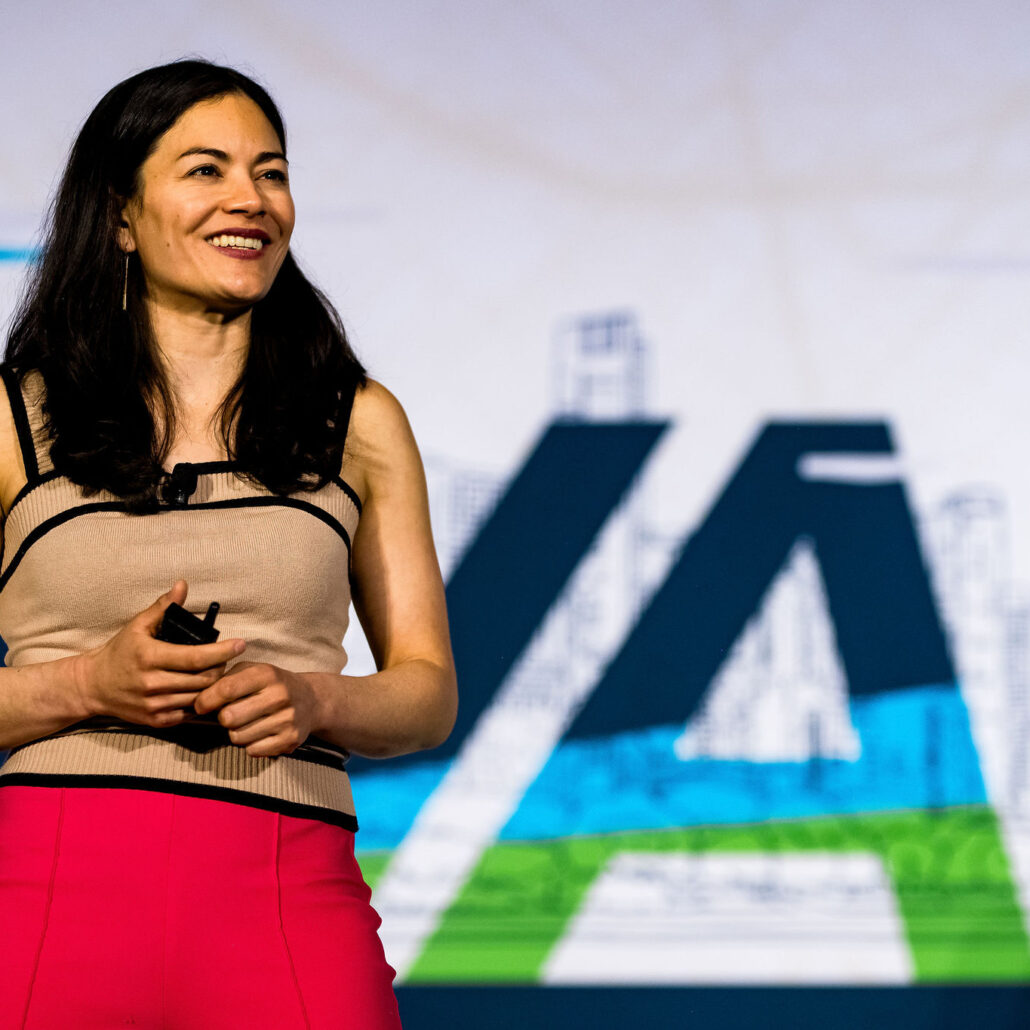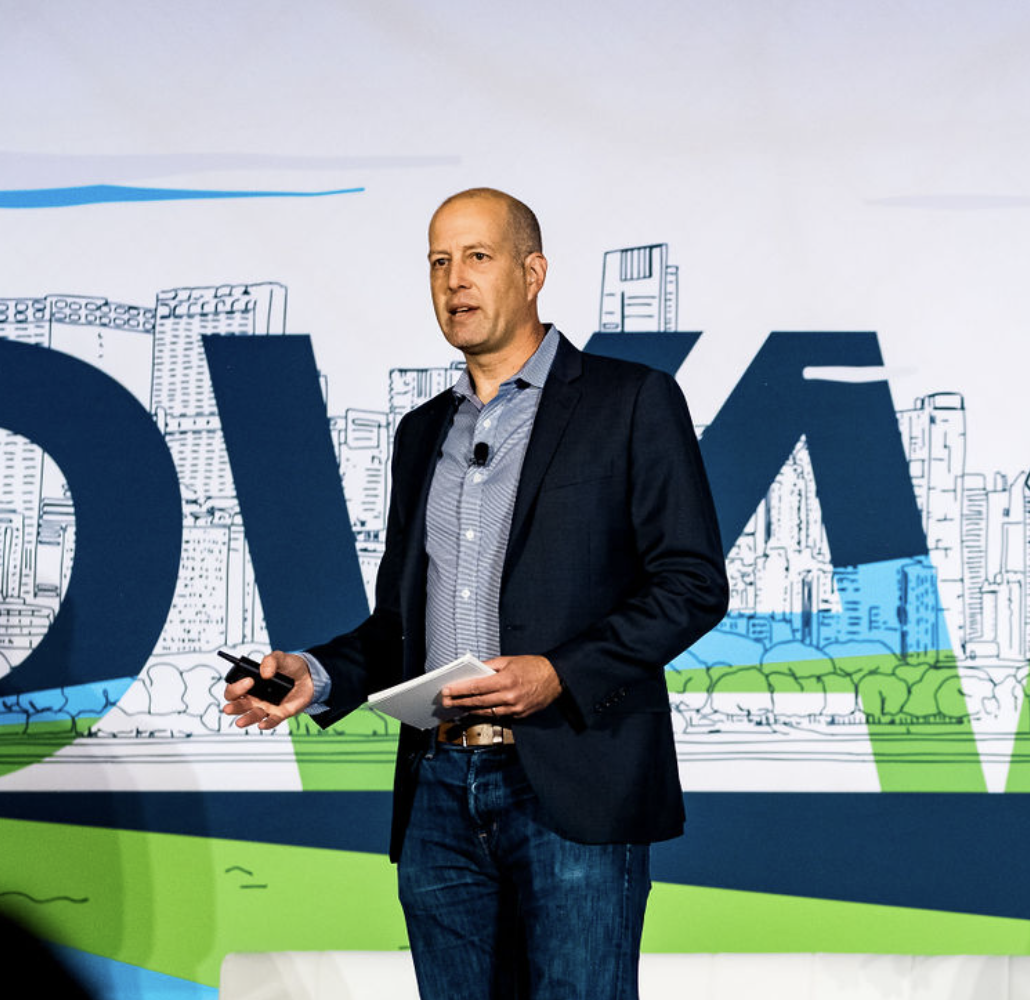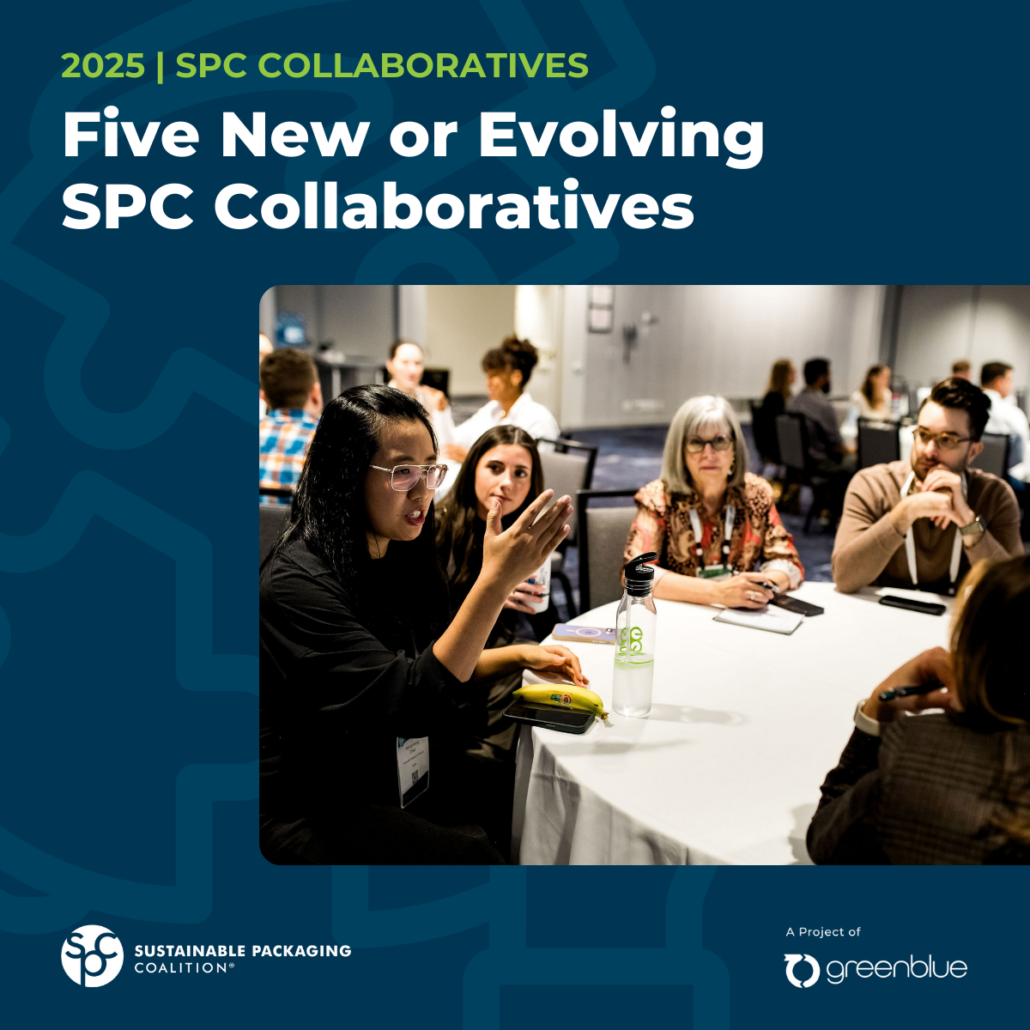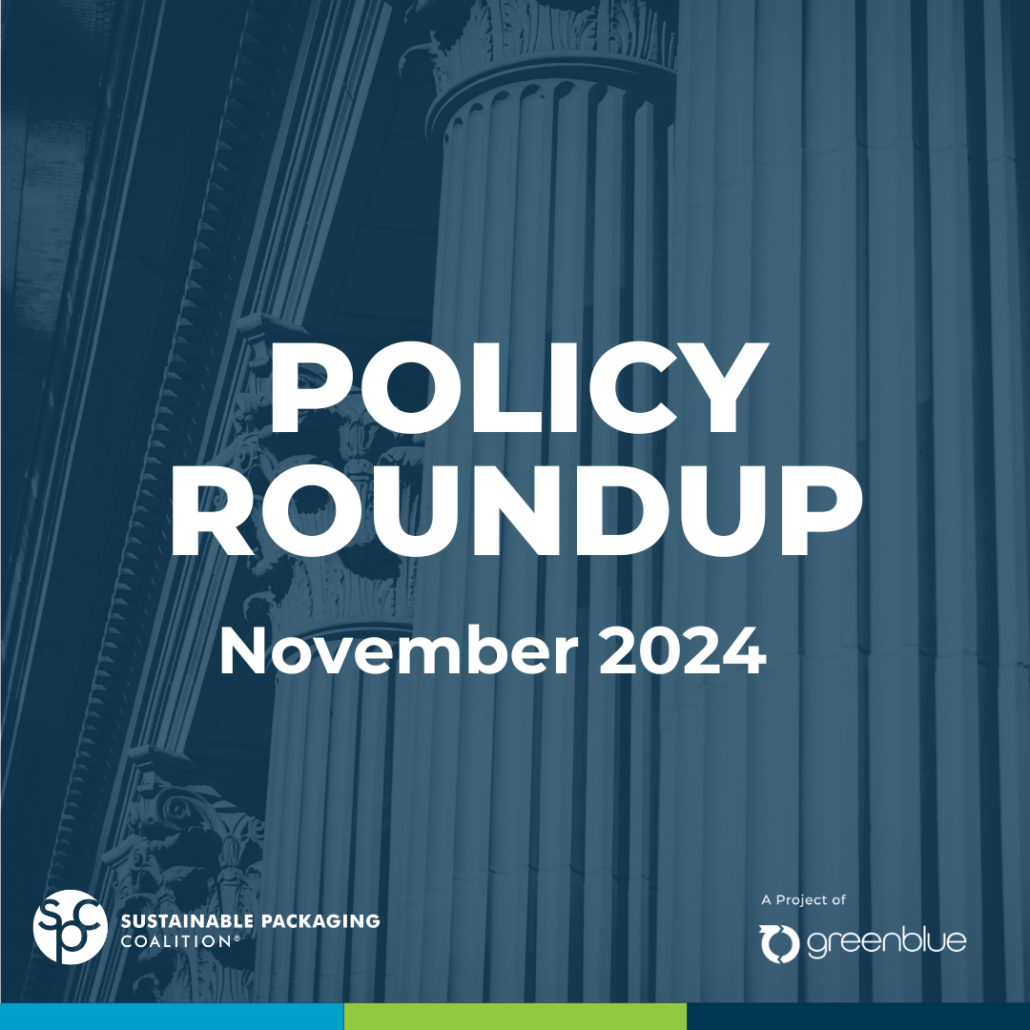Optimism is feeling like the climate crisis will get better. Hope is believing that the future can be better, and that you have the power to make sure it is.
At SPC Advance 2024, we learned about a central tension in climate attitudes: Pessimistic messaging — climate doomerism — doesn’t work, but optimism alone isn’t enough to activate people.
“Optimism is just associated with feeling better,” former Obama White House Climate Advisor Molly Kawahata said. “Hope is associated with people actively working toward that better future.”
To solve the climate crisis, we can champion hope. Why hope? It might be our best tool for solving our worst problems. Let’s dive into the case for hope and how we can cultivate it to solve the climate crisis.
Why Climate Doomerism Doesn’t Work — And Optimism Isn’t Enough
Research study after study shows that pessimistic, doomsday climate messaging won’t motivate people. To mitigate the consequences of climate, we need to scale collective action — to have buy-in from people as they make decisions everywhere from the boardroom to the grocery store.
While climate optimism — the feeling that issues of climate change will improve — is undoubtedly better than doom and gloom messaging, it still doesn’t capitalize on the full potential of climate leaders’ impact. Hope can.
Why Hope Works
“Research shows very clearly that you don’t have to be a hopeful person for a hopeful message to resonate with you,” Molly said during her presentation at SPC Advance.
Hope is associated with everything from better cancer survival rates to better academic performance.
“Hope is different because hope is a mindset, not just a feeling,” Molly said. “It’s a tool we actively deploy to change the circumstances around us. It’s not passive, it’s active. Hope can be learned, it can be spread.”
So what’s the key difference between hope and optimism? Where optimism is a feeling, hope is something that we can act on. It makes space for agency. It gives people the feeling that they can make a difference. And that’s exactly what climate leaders need to know and spread in our workspaces, our communities, and our homes.
How Can We Get Hope Right to Address Climate Change?
When Molly spoke at SPC Advance, she talked about her conversation with the President as she prepared to leave her role as a White House Climate Advisor. The President told her to enjoy her time off, but he was glad to hear that she would continue working in climate after her break.
“What he [President Obama] was saying to me was: Make sure to have fun, but don’t forget that the core of being human is committing yourself to something much bigger than us. In that building, we had committed ourselves to hope.”
As climate leaders, we can commit ourselves to something bigger, too — to creating hope-centered environments that breed the change our planet needs. How can we get it right?
1. We can start by looking clearly at the problem
“Hope,” Molly said, “requires a truthful assessment of the problem. You need to look straight at it.”
She echoed similar statements to those from Jo Banner, co-founder of environmental justice group The Descendents Project, shared at SPC Impact 2024 in New Orleans: “If we don’t stare at the problem and address it, we can’t move forward.”
As a sustainable packaging industry, our problems are multifaceted and evolving. There’s the global waste crisis, with packaging waste accounting for approximately 30% of U.S. waste. And then there’s the climate connection, with projections that plastic production could account for 21-31% of the global carbon budget we’d need to set to limit global temperature increase to just 1.5 degrees Celsius.
If we want to look and speak clearly at these problems, it’ll mean no greenwashing or greenhushing, and instead setting realistic sustainability goals and being transparent about your organizational impact. For our industry, that can take many forms, but it can start with conducting a Life Cycle Assessment (LCA) of your packaging portfolio, or even a Product Social Impact Assessment.
2. We can cultivate hope in our workplaces and industries
Climate leaders like SPC members can cultivate hope in our workplaces and our communities. Once we’ve assessed the problems with clear eyes, we can give ourselves, our colleagues, our employees the three key ingredients of actionable hope:
- Goals: We can set or help set feasible and desirable goals.
- Agency: We can give ourselves and our teammates agency, letting their willpower to achieve our goals drive.
- Pathways: We can provide pathways for action, setting a strategy for achieving our goals.
These three ingredients are the building blocks of hope, according to Dr. Rick Snyder. They empower people not just to set their goals, but to realize them with their own agency and realistic pathways.
“Want someone to become a more innovative problem solver? Inspire hope,” Molly said.
Within the sustainability space, creating hope-centered work cultures can inspire the innovation, retention, and engagement we need to get our best and brightest minds together to solve the climate crisis.
3. We can’t lose sight of “the promised land”
Molly had one more key piece of advice for the climate leaders in the room: We can’t lose sight of “the promised land” — the vision of that sustainable, circular future we’re all working towards.
For members of the SPC community, that means we can embrace our role as leaders in the climate and sustainability space to spread hope. We can empower our colleagues and our teams with goals, agency, and pathways, but we can’t let them lose sight of what the world can look like when we do our part as a sustainable packaging industry to stop the climate crisis.
So, what does that promised land look like for your organization? There are several pathways for action. We’ll start with three: You can get involved with SPC’s Collaboratives, collaborate with other members, or take our topic on Setting Sustainability Goals to better identify your “promised land.” Then, once you pair your vision with hope — goals, agency, and pathways for you and your team — we trust that you’ll be one step closer to turning the tide on the climate crisis and creating the sustainable packaging future we all envision.





